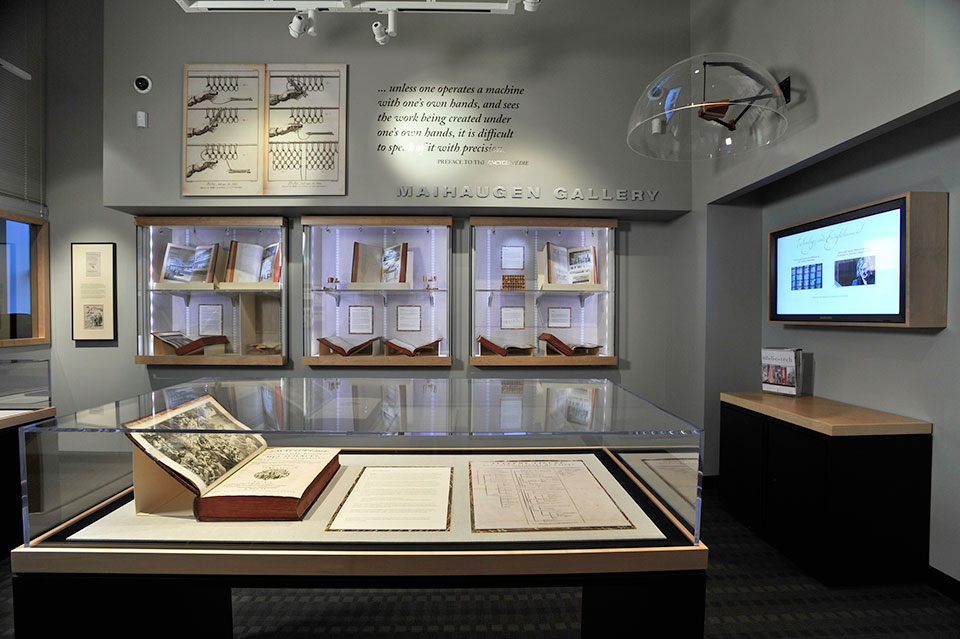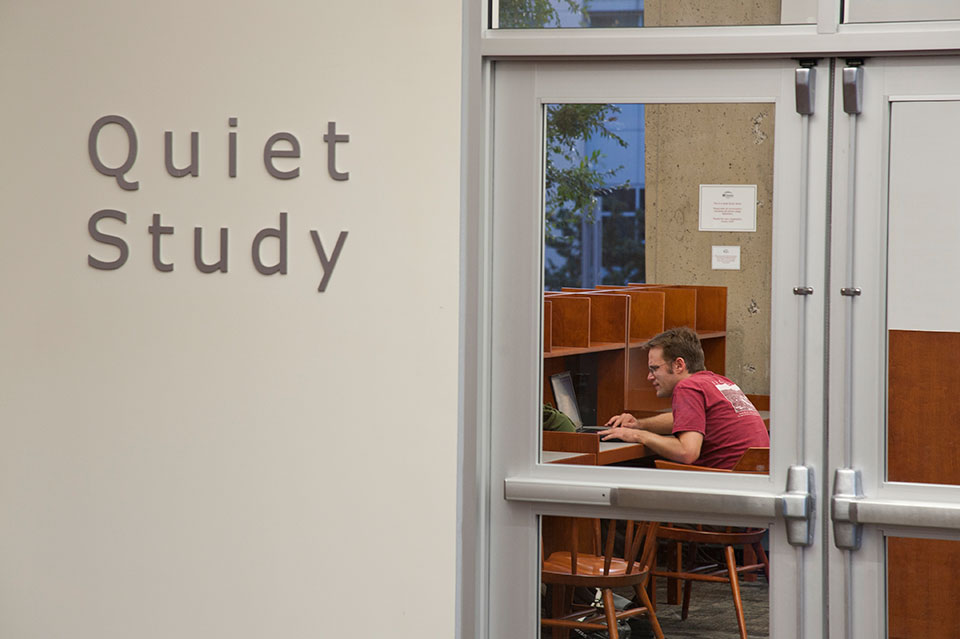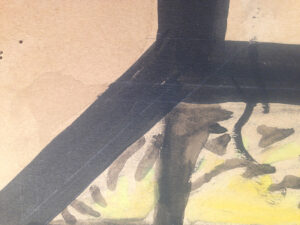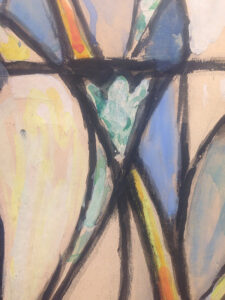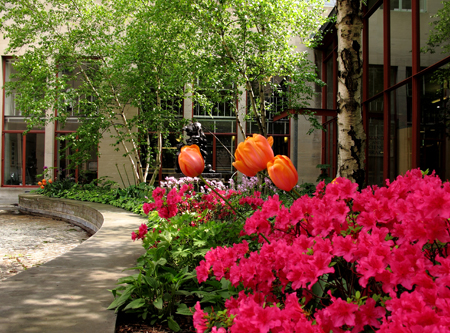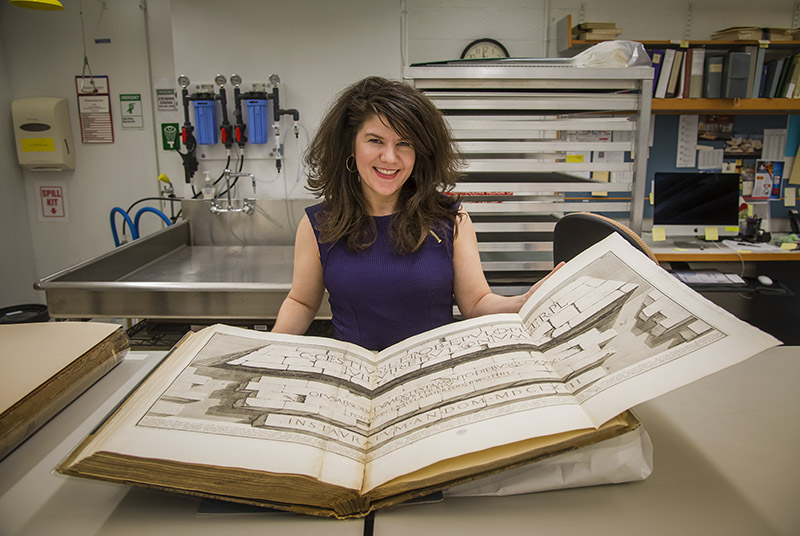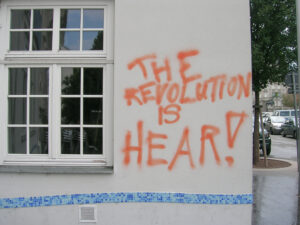We are pleased to note that MIT alumni served with the World War II “Monuments Men” to save cultural treasures. Here is information about two of them.
Joseph “Paul” Gardner

Photo credit: Fold 3 by Ancestry
According to sources in MIT Institute Archives and Special Collections Joseph Paul Gardner was born on October 20, 1894.
Prior to coming to MIT he attended Somerville High School. He attended MIT from 1913-1917, and took courses in architecture (course 4). Gardner did not receive a degree from MIT, but was considered to be part of the class of 1917. While at MIT, he was a member of Delta Kappa Epsilon and the Architectural Society. He also participated in the Tech Show, where he was described as chief ballet dancer.
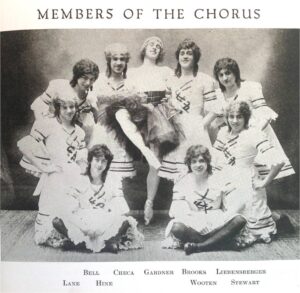
Images of Mr. Gardner’s involvement in the Tech Show can be found in the 1915-1918 editions of Technique. Gardner pictured above with the troupe from 1916. (Technique, 1916).
After leaving MIT, Gardner joined the Coast Artillery Corps and served during World War I. He received the rank of 1st Lieutenant of August 9, 1917, and would be promoted to Captain on March 5, 1918. From September 3 to November 26, 1917, he was in the Officers’ Training Camp at Ft. Monroe, Virginia. He served in the American Expeditionary Forces from December 11, 1917 to July 17, 1919. He was at the Heavy Artillery School in Mailly-le-Camp in January 15, 1918. During April he was assigned special duty with the Heavy Artillery Board designing trains for Railway Artillery. From April 25 to November 8, 1918, he was in command of Battery H, 53rd Artillery, Coast Artillery Corps at front in Champagne Sector. While in command, he participated in the Champagne-Marne Defensive and the Meuse-Argonne Offensive. After the armistice, he was stationed at Le Mans Embarkation Center. He was awarded the Croix de Guerre with Palm and Fourragère for the promptness of his unit to return fire while under bombardment by shrapnel and gas shells at age twenty-one. At the end of the war, he traveled Europe studying architecture.
Gardner became the Ballet Master for the Washington Opera Company and the co-owner of the Tchernikoff Gardner School of Dancing. He also spent nine years as a dancer with Anna Pavlova’s Ballet Company. During this time, he received his Bachelor’s of Art in European history from George Washington University, graduating in 1928.
It is unclear what occupation he held after returning from Europe. The 1920 Alumni Directory lists his address as Los Angeles, California, but no occupation is given. By 1925, he had relocated to Washington, DC. In 1929 he received an MA from George Washington University. In 1930 he decided to focus on art, and attended doctoral classes at Harvard’s Fogg Art Museum in order to prepare himself for museum work, completing his studies in 1932. He became the assistant to the Trustees of the William Rockhill Nelson Trust in March of that year and was appointed as first Director of the William Rockhill Nelson Gallery of Art and Mary Atkins Museum of Fine Arts in 1933. In 1932, he was involved with the creation of a new art museum in Kansas City Missouri. The following year he was appointed director of this museum, the William Rockhill Nelson Gallery of Art (now the Nelson Atkins Museum of Art) in Kansas City, Missouri where he would work until his retirement in 1955.
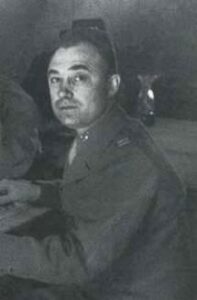
Photo credit: Monuments Men Foundation
During World War II, he served in the US Army, where he achieved the rank of Lieutenant Colonel. He served in the Military intelligence Service on the Sub-commission for Monuments and Fine Art in Italy. From 1942 to 1945 he also served as the Military Governor of Ischia, an Italian island in the Mediterranean Sea. In October 1943, he was the lone MFAA officer to arrive to the ruins of Naples after many delays and difficulties. He served during World War II as a Lieutenant Colonel in command of the MFAA in Italy. From 1942 to 1945 he also served as the Military Governor of Ischia, an Italian island in the Mediterranean Sea. In October 1943, he was the lone MFAA officer to arrive to the ruins of Naples after many delays and difficulties. The 1955 edition of the Alumni Directory lists his address was given as Las Milpas, San Patricio, New Mexico. After the war he returned to the museum until resigning as Director in May 1953. For the last nineteen years of his life he spent his summers on his ranch in New Mexico, and his winters in Italy. Gardner died in Lincoln, New Mexico on September 11, 1972.
Robert Edsel’s book Saving Italy discusses the heroism of former Nelson-Atkins director Paul Gardner. Edsel created the Monuments Men Foundation for the Preservation of Art, which honors the legacy of the Monuments Men.
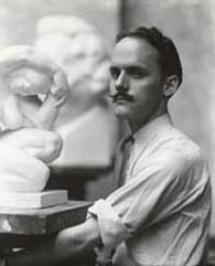
Photo credit: Monuments Men Foundation
Sidney Biehler Waugh
Sidney Biehler Waugh was born on January 17, 1904. He attended Amherst High School prior to coming to MIT, and his address on entrance was MAC Campus, Amherst, Massachusetts. Waugh attended MIT from 1921 to 1923, and during 1925, taking courses in architecture (course 4). While at MIT, he was a member of the Architectural Society and the Kappa Sigma fraternity.

In 1929, Mr. Waugh won the Prix de Rome for his sculpture “Steel.” An image of this sculpture can be found in Technology Review vol. 31, p. 480. As of 1933, he began to produce designs for Steuben Glass.
Images of his glass works can be found in Technology Review (vol. 38, p. 339, and vol 40, p. 66) and the Corning Museum of Glass collection online. In 1934, he had the prize exhibit in a salon devoted to American-made glass. Around this time, he became involved with MIT again, serving on the Visiting Committee for Architecture from 1935-1940, with the exception of the 1937/1938 term. In 1937, he would design a glass medal for a competition sponsored by the Pittsburgh Glass Institute. Mr. Waugh created both a sculpture and fountain that was exhibited in front of the Maritime Building in the NY World’s Fair in 1939.
The 1948 directory states that he served as a captain in the US Army during World War II. For his service he was awarded the Silver Star, Bronze Star, and Croix de Guerre (twice), and named a Knight of the Crown of Italy. He joined National Sculpture Society in 1930 and was elected president in 1948.
He wrote two books: The Art of Glassmaking in 1938 and The Making of Fine Glass in 1947.
In 1957 Waugh designed the Atoms for Peace gold medal. A folder on Sidney Waugh can be found in the Atoms for Peace Awards records (MC10, b.3) in the MIT Institute Archives and Special Collections.
Sidney Waugh died on June 30, 1963. He had been a member of the National Institute of Arts and Sciences.
Thank you to Sony Pictures for providing a copy of “The Monuments Men, starring George Clooney, Matt Damon, and John Goodman, before its DVD/Blu-ray release on May 20th. The free screening will be shown to the MIT and Harvard students as a part of National Preservation Week celebrations. The film is based on the book The Monuments Men: Allied Heroes, Nazi Thieves and the Greatest Treasure Hunt in History by Robert M. Edsel. MIT students will have a chance to win a signed copy of the Edsel’s book at the Movie showing on April 29th. Thank you also to the Monuments Men Foundation.
Thank you to Christina Tanguay, Kate Beattie, and Jana Dambrogio for researching and co-writing this blog post.

